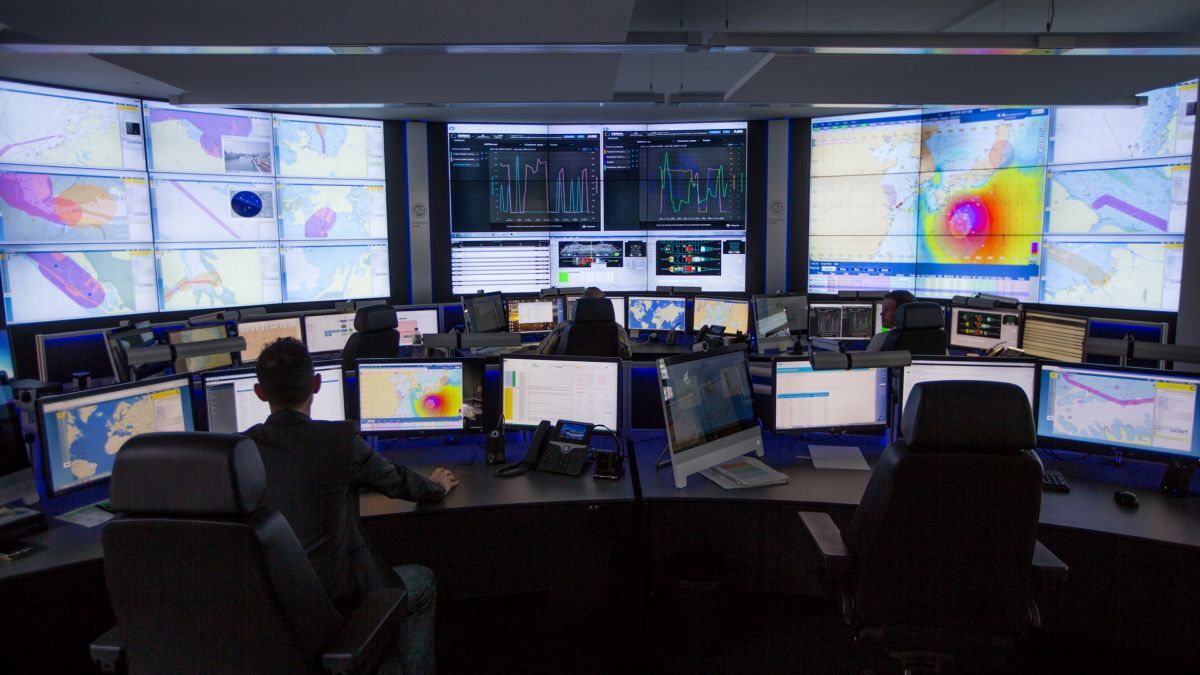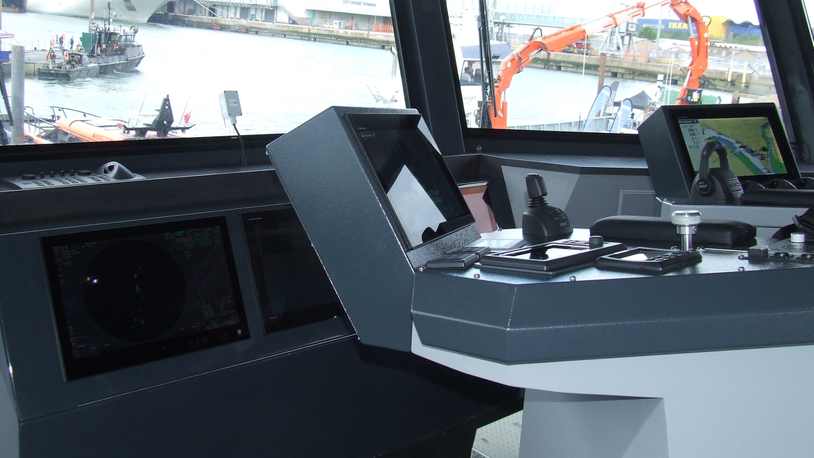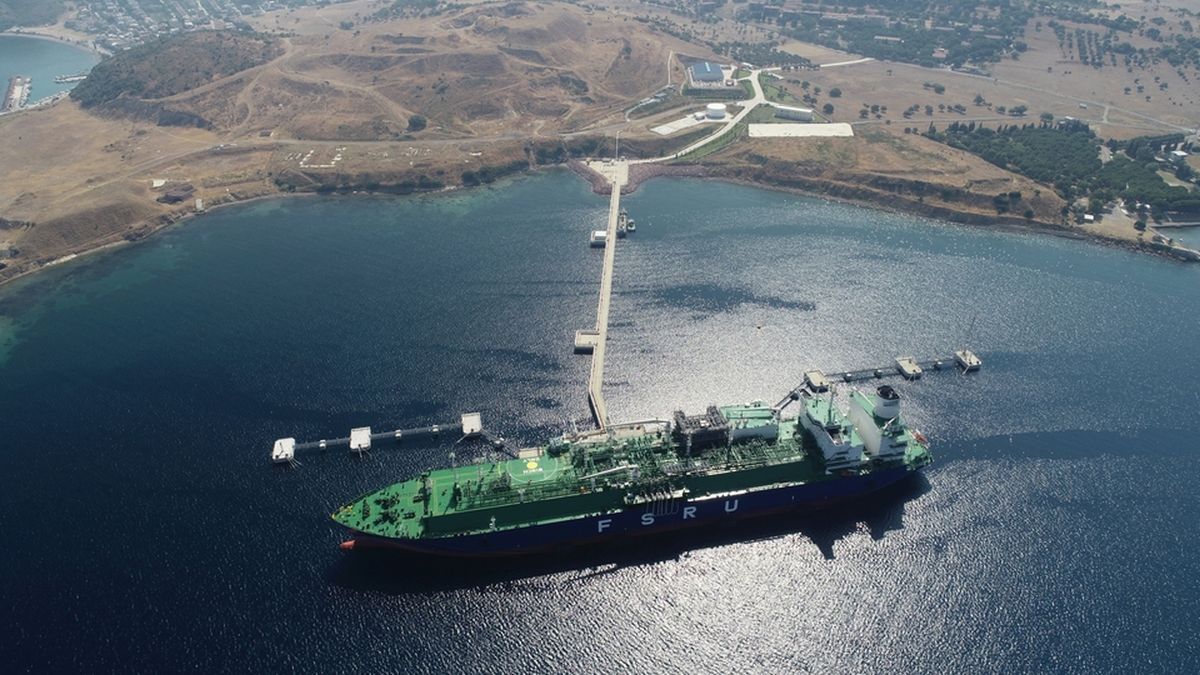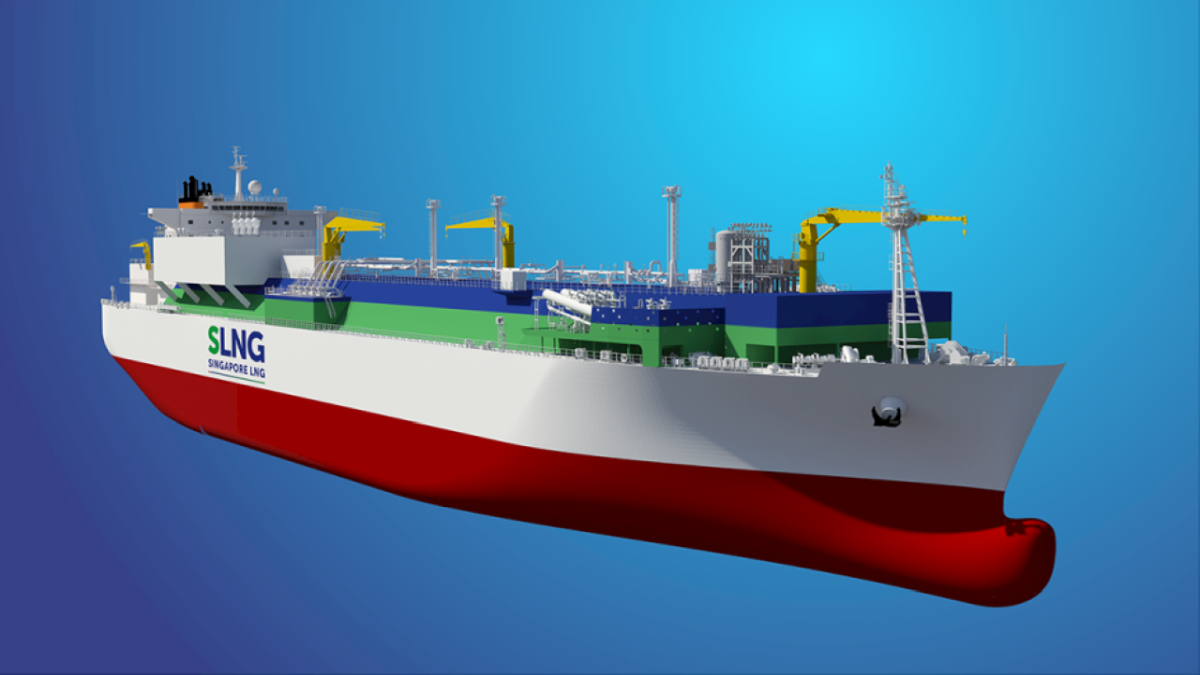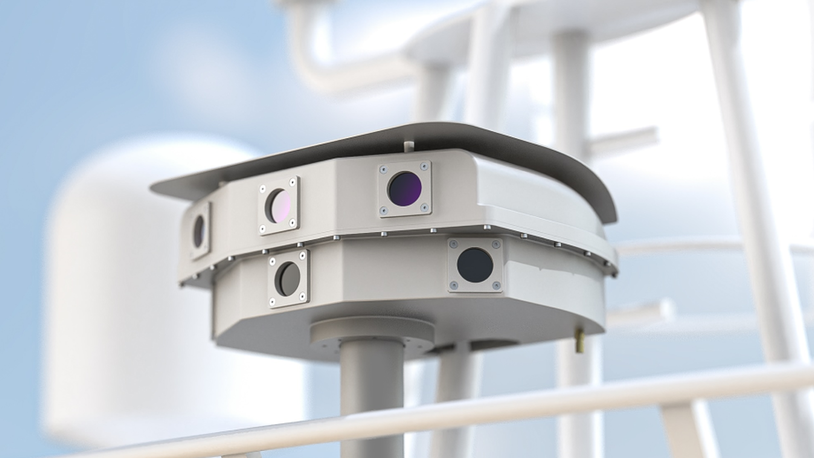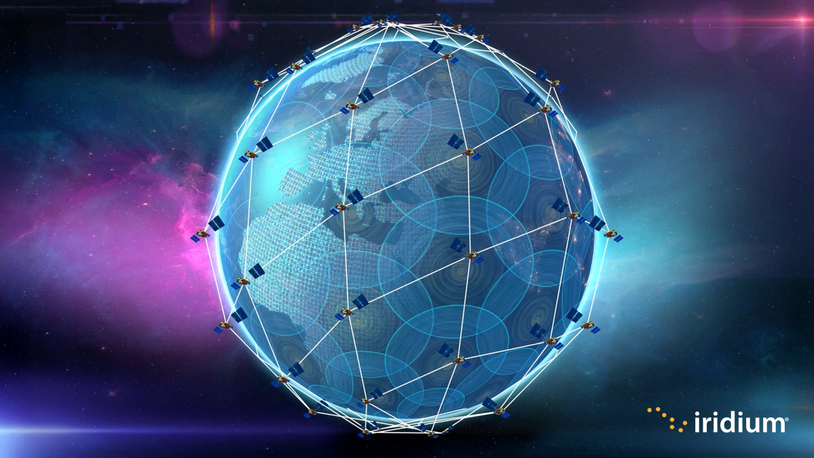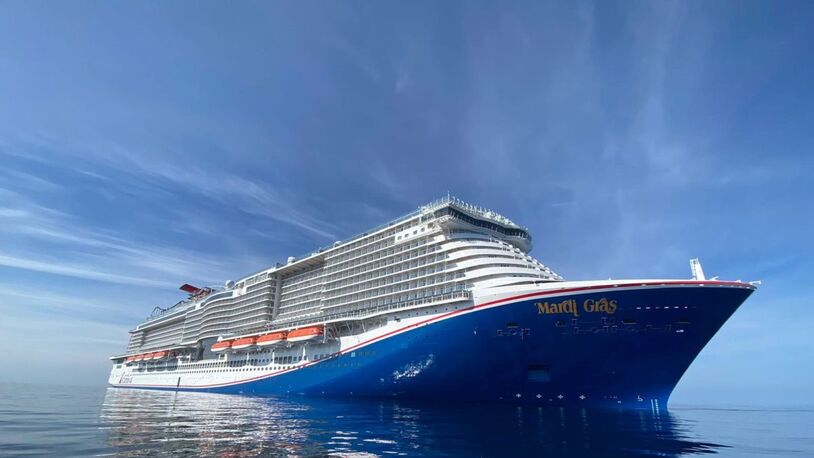Business Sectors
Contents
Remote IT management take-up accelerates to mitigate Covid challenges
The coronavirus pandemic has led to remote IT services being increasingly used, as shipping companies are unable to send engineers to ships to fix problems or update programs
Pandemic challenges such as port closures, travel restrictions and crew-change issues increased the use of remote applications in 2020. Some of these issues will last well into this year, driving owners to invest in remote diagnostics and intervention.
With VSAT connectivity, shore managers can monitor and manage shipboard IT systems from shore. They can update software, push through corrective patches, maintain cyber security and diagnose issues from their offices or homes.
Crew communications and internet use can be monitored to match onboard demand and ships’ bandwidth restrictions and IT managers can set limits on bandwidth, manage file downloading, or restrict websites.
They can prioritise communications to ship operations and monitor onboard equipment performance. Applications used in maritime are increasingly being hosted on cloud platforms.
Carnival Corp invested in cloud infrastructure to store and analyse data from its multi-brand fleet of cruise ships. “Cloud services makes sense for maritime,” says Costa Crociere director for IT security and operations Franco Cerutti. “Bulk data from sensors on cruise ships are transferred to the cloud. “On board, we collect sets of data and information,” Mr Cerutti says. “We normalise this data and send it shoreside to the cloud.”
Modules in Carnival’s Neptune suite of applications are used to analyse this data for predictive maintenance and IT services, and dashboards on cruise ships display the information for crew. Data is also used at Carnival’s fleet operating centres in Miami and Seattle in the US, and in Hamburg, Germany.
Third-party services enable remote IT and operational technology (OT) management, reducing the burden on crew and onshore managers. Marlink provides BridgeLink and ITLink to connect onboard IT and OT within a standardised data structure. These enable critical shipboard systems and networks to be remotely managed, “helping operators to reduce the workload for crew and transfer tasks to specialists ashore” says Marlink president for maritime Tore Morten Olsen.
ITLink is a suite of services designed to provide remote IT management and to monitor the onboard IT environment. “It eases the burden of IT compliance on board ships,” he says.
“Manual updates of IT systems are known to be problematic for crew in terms of being time consuming, and due to human mistakes, data quality can be hard to ensure,” he explains.
ITLINK can relieve seafarers of the time-consuming task of updating onboard networks and applications.
“Automated updates can reduce the time to secure networks of all sizes, from a few units to thousands of onboard PCs on a large fleet in just a few days,” says Mr Olsen.
“Software installation, upgrades, performance monitoring and automation are among the key remote technologies”
ITLink simplifies the process of compliance with regulations such as IMO’s cyber risk management rules (IMO2021) and tanker management and self-assessment (TSMA) cyber security requirements.
“It also provides deep transparency via an IT-specific advanced online dashboard, which includes continuously updated PC and server status information,” says Mr Olsen.
More than 1,100 ships are already saving time and money on IT updates using ITLink for compliance and automated updates.
“Software installation, upgrades, performance monitoring and automation are among the key remote technologies identified by Marlink as being adopted by shipowners as they look to achieve operational efficiencies and increase asset utilisation,” Mr Olsen adds.
BridgeLink addresses compatibility, interface and data ownership challenges by providing an open platform for unifying onboard equipment and sensors with network infrastructure and satellite connectivity. “Data from any system can be accessed, collected and shared in a single interface at sea or ashore,” says Mr Olsen.
Providing access to data from OT such as radar, automation, power and propulsion systems, BridgeLink enables shipowners and managers to use scalable remote management and smart maintenance systems.
“This further enhances and improves vessel efficiency using secure data collection for specialised analysis which again can enable reduced fuel consumption and improve voyage performance,” says Mr Olsen.
IEC Telecom has developed customisable connectivity applications through its OneGate network management system, helping IT departments to manage applications such as videoconferencing, telemedicine, crew calling, email, data transfers and onboard cyber security.
“Shipping is increasingly depending on real-time data to make the best decisions possible,” says IEC Telecom group chief executive for Asia, Middle East and CIS Nabil Ben Soussia,
“and this is reflected in the advanced demand for onboard connectivity solutions.”
Shipowners and managers are looking for flexible and fully customisable applications for services on ships. “Vessel operators today are far more digitally astute,” says Mr Soussia. They are transferring more operational and condition data from ships to diagnose issues and prevent problems occurring.
“With big data and analytics, vessel operators get a complete picture of the status of a vessel,” Mr Soussia explains. “They can optimise the workflow for a host of critical tasks, paving the way for future vessel automation; reduce operating costs, and make even better decisions.”
Many of the digitalisation and remote management applications are available on internet-of-things (IoT) connectivity platforms, such as Inmarsat’s Fleet Data, supporting near real-time and remote equipment and fuel monitoring, says Inmarsat Maritime vice president for offshore energy and fishing Eric Griffin.
“Typical applications being deployed by vessel owners and operators include task rationalisation, energy advisory systems to reduce fuel consumption and equipment monitoring to drive predictive maintenance,” he says.
Fleet Data is separated from corporate and crew traffic, allowing vessel owners to get their data back securely from the vessel. Fleet Data collates information from onboard sensors, pre-processes it and uploads it to a secure cloud-based platform. Information can be extracted through application program interfaces (APIs) and displayed on customisable dashboards.
“This enables users to benchmark data and improve vessel or fleetwide operational efficiency and performance,” says Mr Griffin.
Inmarsat has around 50 certified application providers, whose solutions cover all aspects of vessel performance, crew welfare and IT monitoring.
Shipping companies can use the connectivity and remote monitoring for smart analytics, says Tototheo Maritime head of efficiency and optimisation solutions Navneet Singh Rainu. He explains how cloud services help with fleet optimisation through hosting big data analytics and IoT applications. An integrated system includes sensor networks on ships, telemetrics, satellite connectivity, cloud facilities and the visualisation package.
This package should include dashboards incorporating different information and data enabling managers to “view smart analytics, key performance indicators and fuel consumption” says Mr Rainu.
This information enables managers to “see wastage down to dollar terms and show management the savings,” he explains. A traffic-light system helps managers to identify issues quickly and score vessel performance. This is enhanced through adding vessel position and tracking data.
“They can set alarms and monitor when vessels go into piracy areas or emission control areas, to avoid fines or critical situations,” says Mr Rainu.
Riviera Maritime Media will provide free technical and operational webinars in 2021. Sign up to attend on our events page
Related to this Story
Events
Maritime & Offshore Community Golf Day 2025
Offshore Wind Webinar Week
Maritime Decarbonisation, Europe: Conference, Awards & Exhibition 2025
Offshore Support Journal Conference, Americas 2025
© 2024 Riviera Maritime Media Ltd.


